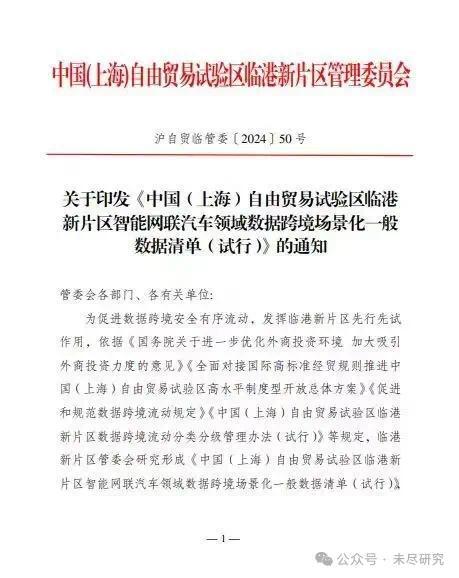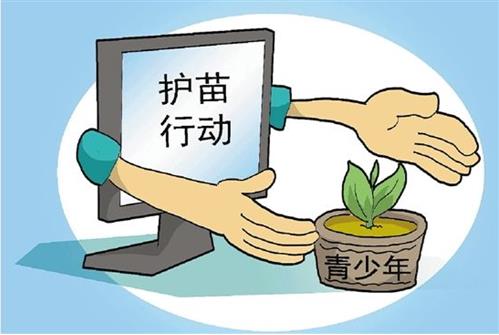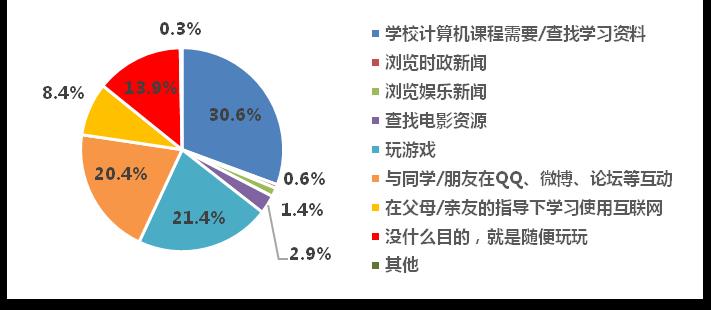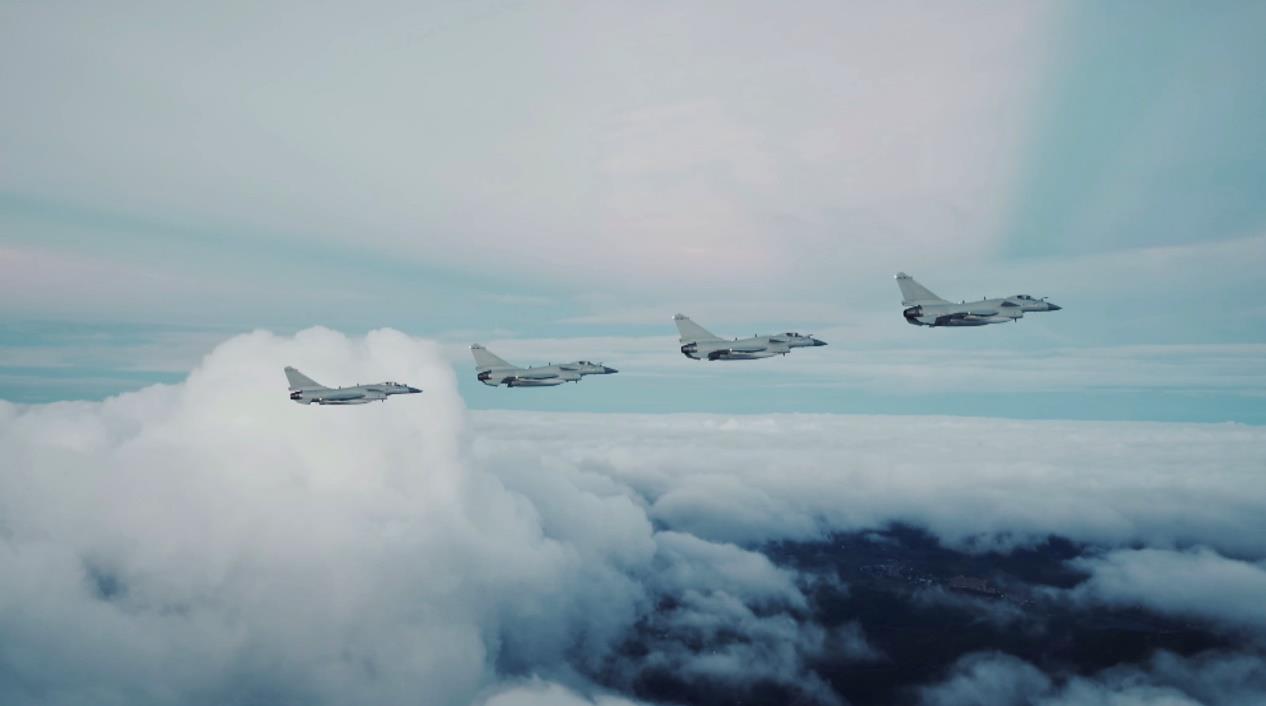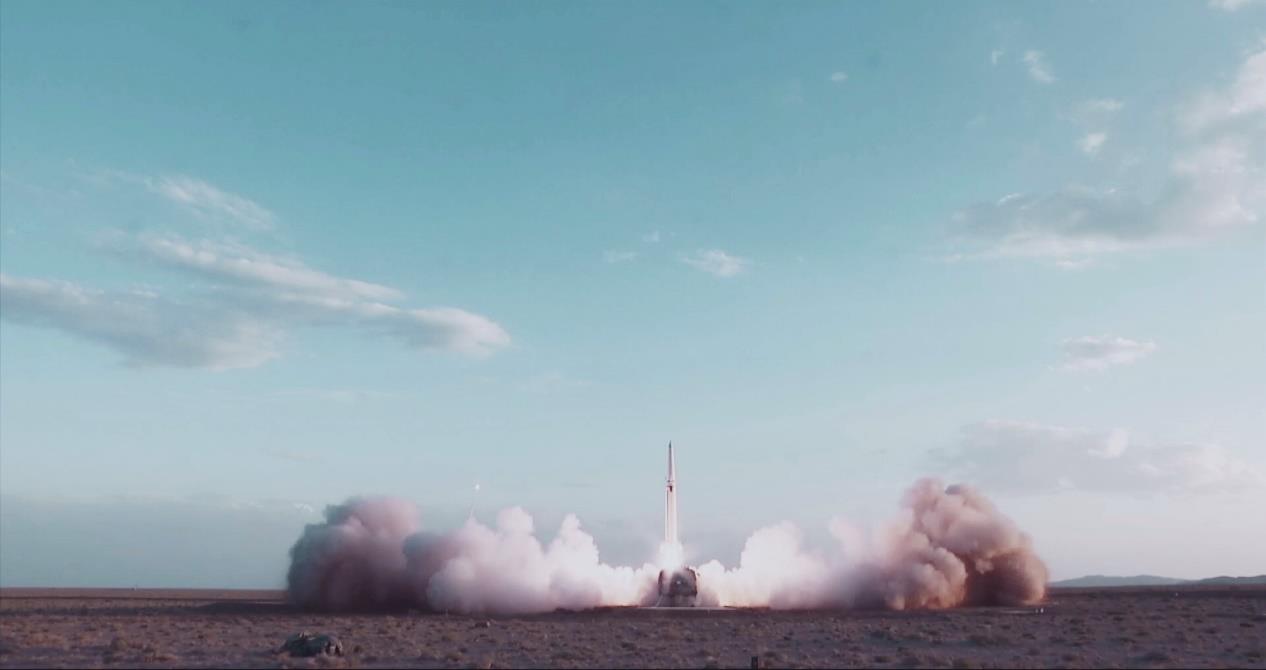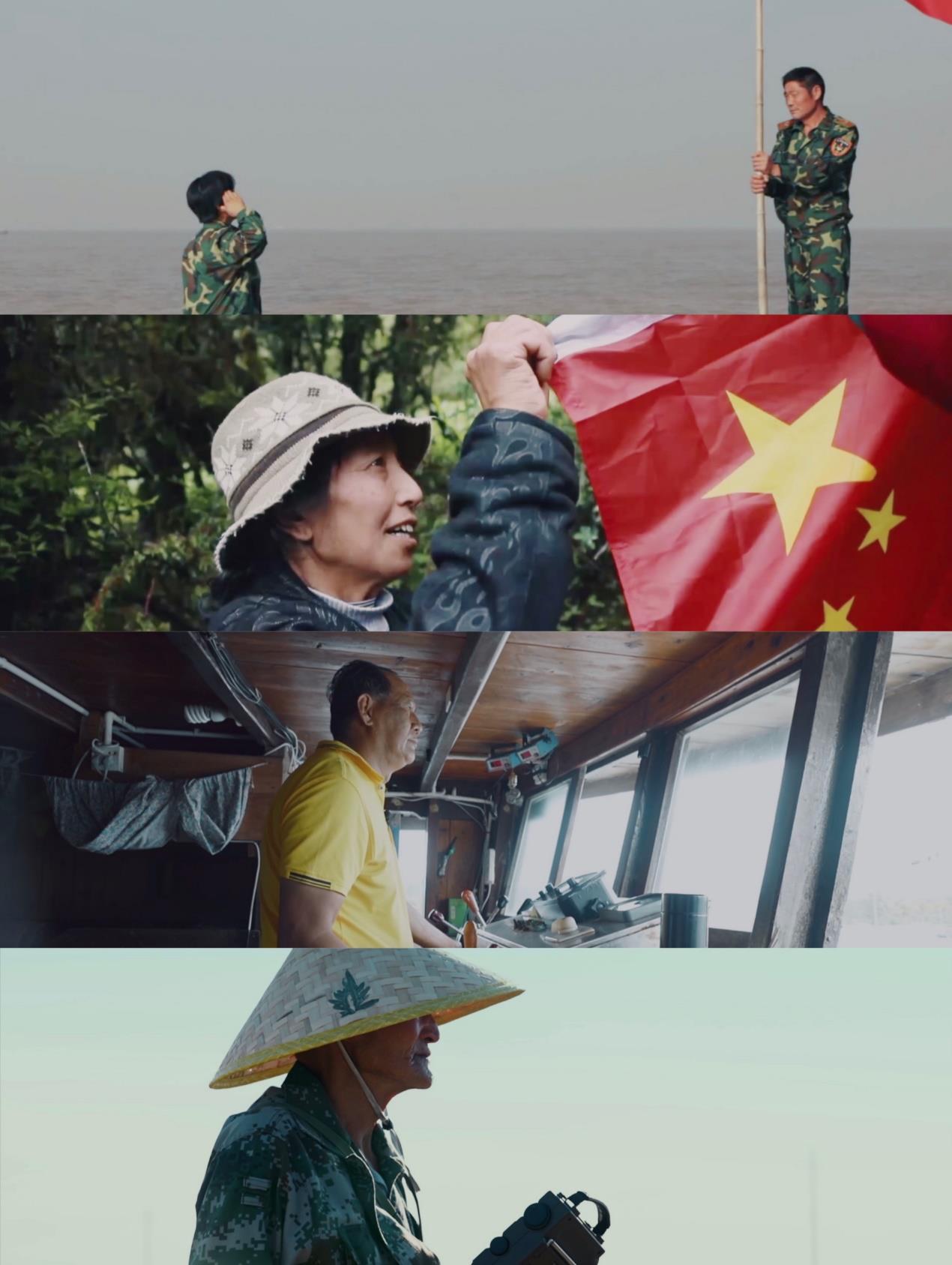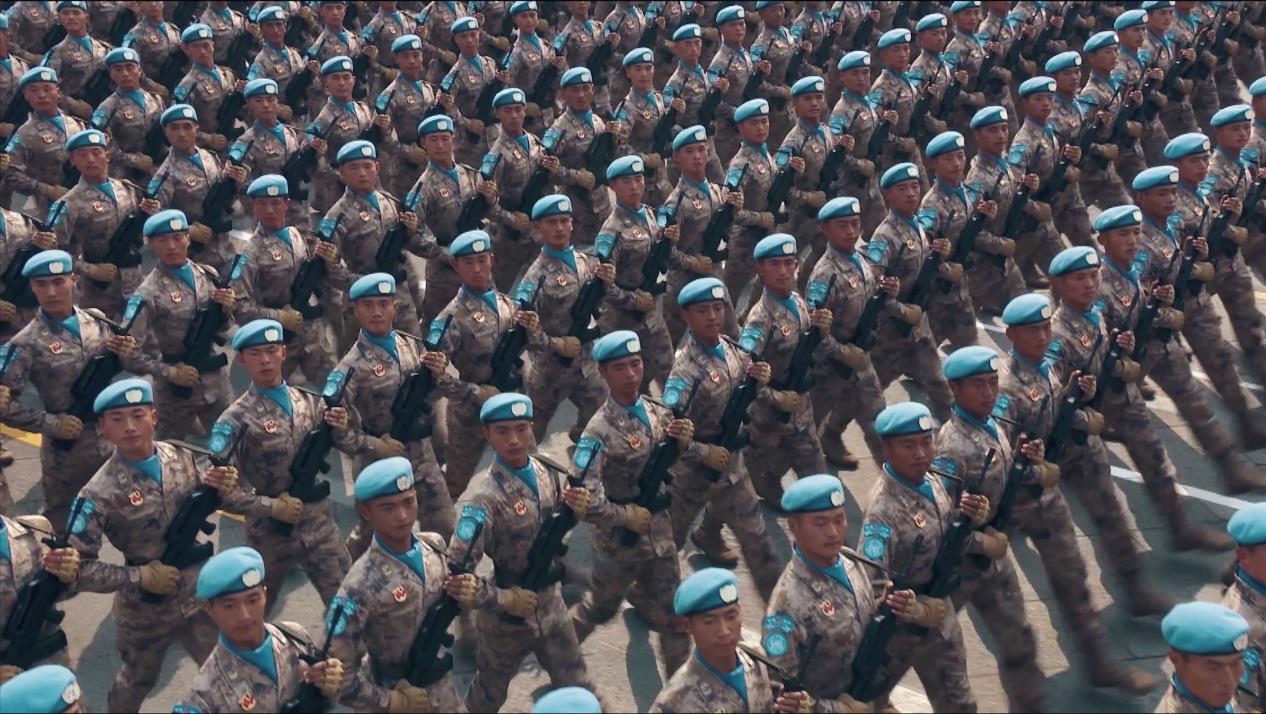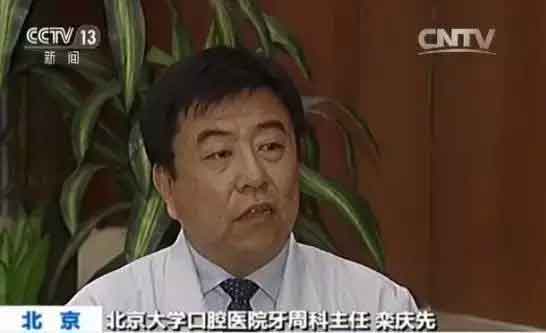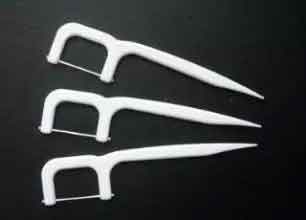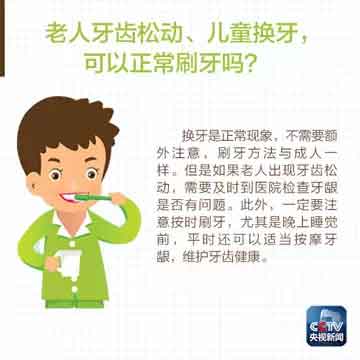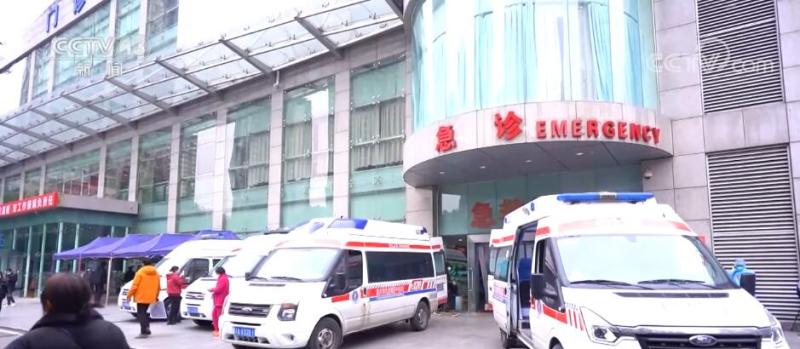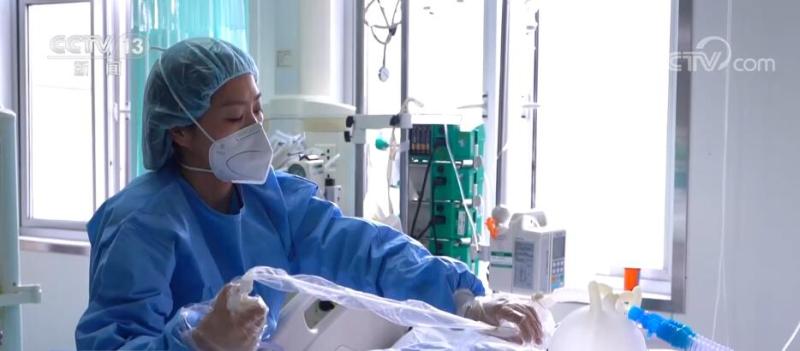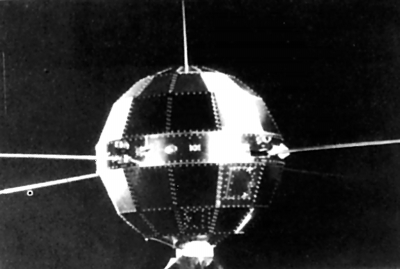
In 1970, the Long March-1 carrier rocket successfully launched China’s first artificial earth satellite "Dongfanghong-1". Information photo
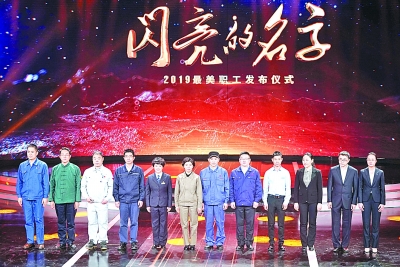
On the occasion of the May 1 ST International Labor Day in 2019, the Central Propaganda Department and the All-China Federation of Trade Unions publicly released the advanced deeds of "the most beautiful workers" in 2019 to the whole society. The picture shows the overall design team of the deep space exploration spacecraft system of the General Department of China Academy of Space Technology of China Aerospace Science and Technology Corporation at the release ceremony on April 21st. Xinhua news agency
The report of the 19th National Congress of the Communist Party of China expounded the initial intention and mission of the Communist Party of China (CPC) people to "seek happiness for the people of China and rejuvenation for the Chinese nation". For the happiness of China people and the rejuvenation of the Chinese nation, the purpose of China Academy of Space Technology (hereinafter referred to as "Academy") is to develop China’s space industry, serve the national strategic needs, build a world-class aerospace enterprise, and support the construction of a space power. While the whole Party is carrying out in-depth education on the theme of "Do not forget your initiative mind, Keep in mind the mission", it is of great significance to grasp, follow and apply the development law of China’s space industry, stick to its original intention and shoulder the mission bravely, so as to accelerate the development of China’s space industry and better shoulder the historical responsibility of building a space power.
1. Grasp the development law of China’s space industry and adhere to the development path of space industry with China characteristics.
Looking back on the development of China’s space industry, the development law of China’s space industry is a magic weapon for China’s space industry to create new glories from scratch and from small to large, and it is also an important cornerstone for carrying forward the past and forging ahead courageously, which must be adhered to for a long time and never wavered.
Adhering to the leadership of the Party is the fundamental guarantee for the rapid development of China’s space industry.
The most essential feature of Socialism with Chinese characteristics is the Communist Party of China (CPC)’s leadership, and the greatest advantage of Socialism with Chinese characteristics system is the Communist Party of China (CPC)’s leadership. Space cause is a great cause that concerns national security, shows national strength and embodies national will. As the main force to promote the development of China’s space industry, the establishment of the research institute is an important decision and strategic choice made by the CPC Central Committee to achieve breakthroughs in economic, national defense and scientific and technological construction in the poor and weak domestic environment. The CPC Central Committee has always attached great importance to the development of the space industry. From the beginning of the establishment of the space industry in 1956 to the present, every step forward and every leap in the development of China’s space industry cannot be separated from the wise decision-making and correct leadership of the CPC Central Committee.
At a time when new China is in full swing, the CPC Central Committee has made a decision to develop the space industry considering the country’s long-term development strategy. In 1958, Comrade Mao Zedong put forward that "we should also build artificial satellites", which started the journey of exploring space in China. At the beginning of the reform and opening-up, the CPC Central Committee approved the "863" high-tech research and development plan and made a major decision to develop the "New Samsung One Arrow". In the 1990s, manned spaceflight was carried out. In the 21st century, manned spaceflight and lunar exploration projects, Beidou satellite navigation system and high-resolution Earth observation system have been included in the national medium-and long-term scientific and technological development plan. Since the 18th National Congress of the Communist Party of China, the CPC Central Committee with the Supreme Leader as the core has attached great importance to the construction of a space power, demanding that we "make new contributions to the construction of a space power", which has opened a new chapter in China’s space industry.
History shows that the development history of China’s space industry is a struggle history of adhering to the leadership of the Party, firmly following the direction of the CPC Central Committee, and pushing the cause from victory to victory. Adhering to the party’s leadership is a unique advantage for the development of space industry, and it is also the fundamental guarantee for our brilliant achievements.
● Always adhering to the country-oriented value orientation is a solid cornerstone for the rapid development of China’s space industry.
General Secretary of the Supreme Leader pointed out that in the long history of the Chinese nation’s development for thousands of years, patriotism has always been the passionate theme and a powerful force to inspire people of all ethnic groups in China to strive for self-improvement. "Putting the country first" is a vivid manifestation of patriotism in China’s space cause. For the people in the institute, "putting the country first" means "serving the motherland with success and creating brilliance with Excellence", always insisting on putting national interests first and personal interests subordinate to national interests.
Looking back at the history, the development course of the Institute for more than 50 years is an epic of glorious struggle by generations of researchers, Do not forget your initiative mind, who strives for progress, values the country and dares to surpass it. In the initial stage of their career, the older generation of researchers, represented by Qian Xuesen, Yang Jiayuan, Wang Xiji and Sun Jiadong, returned to China with infinite love for the motherland, devoted themselves to the development of space, and turned China’s first artificial earth satellite — — Dongfanghong-1 was sent into space. During the period of social transformation, the people in the institute have been adhering to the belief of "I will do it if the motherland needs it", and have worked hard on their majors, laying a solid foundation for the rapid development of the space industry in the future. During the period of career development, the researchers unified patriotism, ambition to strengthen the country and the trip to serve the country, and explained the life creed of "serving the motherland with success and creating brilliance with Excellence" with practical actions.
History has proved that "putting the country first" is the unswerving choice of researchers. People in the institute consciously link personal ideals with the destiny of the motherland, personal choices with the needs of the country, and personal interests with the interests of the people. Adhering to the country-oriented value orientation is a solid cornerstone for the rapid development of China’s space industry.
● Adhering to the road of self-reliance and independent innovation is the only way for the rapid development of China’s space industry.
General Secretary of the Supreme Leader has repeatedly stressed that China must "adhere to the road of independent innovation with China characteristics" and "be determined to innovate independently, strengthen innovation confidence, and strive to enhance independent innovation capability." Key core technologies can’t be bought, bought or discussed. China’s space industry must take the road of self-reliance and independent innovation to build the country’s heavy weapon.
The development history of China’s space industry is a struggle history of self-reliance and independent innovation. During the development of the "Dongfanghong-1" satellite, the researchers were self-reliant, overcame numerous technical difficulties and created a solid "China thickness"; In the process of carrying out the manned spaceflight project, the researchers broke through and mastered the core technologies such as round-trip between heaven and earth, extravehicular space, rendezvous and docking, and on-orbit propellant replenishment, and constantly refreshed the "China speed" in the history of aerospace; During the construction of Beidou navigation satellite system, the researchers realized that the core technologies of on-board equipment such as atomic clock were in hand and 100% controllable, creating a perfect "China accuracy"; In the process of implementing the lunar exploration project, the researchers built the world’s first earth-moon relay communication satellite, realized the first soft landing on the back of the moon, and constantly refreshed the "China height" of deep space exploration; In the process of promoting the special project of high-resolution Earth observation system, researchers have broken through a series of major technical bottlenecks of high-resolution Earth observation, and supported the national people’s livelihood security with a steady "China span".
The road of independent innovation and development has been explored by generations of researchers in the long and arduous struggle. Adhering to the development path of self-reliance and independent innovation contains the deepest national endowment of the Chinese nation, which is the only way to climb the peak of world science and technology and the only way for the rapid development of China’s space industry.
● Always adhering to the scientific method of system engineering is the magic weapon for the rapid development of China’s space industry.
Spacecraft development is an extremely complex system engineering, which has the characteristics of great technical difficulty, high quality risk, many factors involved and complicated organization and management. Eliminating all difficulties to ensure success is the last word, and ensuring success has always been the eternal pursuit of researchers.
Over the past 50 years, the Institute has gradually established a scientific and perfect spacecraft development system based on system engineering theory. In the initial stage of the space industry, the Institute insisted on pre-research generation, development generation and production generation, and initially established the China spacecraft development management system. From the late 1970s to the mid-1980s, model development changed from project research to engineering development management. The Institute established a designer system and an administrative command system, and initially standardized the satellite development procedures. Since the middle and late 1980s, space technology has been fully applied to engineering, and the theory and practice of systems engineering have also entered a stage of all-round development. The Institute has carried out research and development contract management with technical and economic integration, and formed a series of systems engineering management ideas and methods.
Since the beginning of the new century, China’s space industry has entered a stage of rapid development, and the development of space technology has entered a critical period to achieve a major breakthrough. The number of annual launches and the number of aerospace models under research have hit record highs, which has brought great challenges to model research and production and quality management. The Institute systematically carried out the construction of three capacity projects, namely, "innovation leading", "aerospace intelligence building" and "quality improvement", and formed a scientific research and industrialization management mode of aerospace business in line with the concept of system engineering, as well as many effective scientific research and production management mechanisms and quality management rules and regulations, which laid a solid foundation for the smooth development of model development, continued to promote the transformation and upgrading of spacecraft development mode, and created a new chapter in the transformation and upgrading of China’s space research and production mode.
For decades, generations of researchers have always adhered to the scientific method of systems engineering, ensured the complete success of the model launch mission with scientific management methods and a high degree of vigilance, and promoted the steady development of the space industry. Adhering to the scientific method of systems engineering is the magic weapon for the rapid development of China’s space industry.
● It is an inexhaustible source for the rapid development of China’s space industry to always adhere to the strategy of strengthening the enterprise through talents and continuously inherit and carry forward the space spirit.
Behind every brilliant aerospace achievement, there are a large number of aerospace talents who love the motherland, selfless dedication and innovation.
The aerospace spirit is an important part of the Chinese national spirit and a powerful spiritual driving force for the leap-forward development of the aerospace industry. In the process of composing China’s space career for more than 50 years, the Institute has become an important birthplace of the traditional spirit of space, the spirit of "two bombs and one satellite" and the spirit of manned space flight. During the vigorous development of the space industry, the connotation of the space spirit pedigree has been continuously enriched, and the spirit of Beidou and the spirit of exploring the moon have been condensed and formed. They are the continuous enrichment, perfection and sublimation of the space spirit, which has injected more abundant model characteristics and era connotation into the space spirit pedigree.
The aerospace spirit has inspired generations of researchers to move from victory to victory. They have been deeply integrated into the blood and soul of the people in the institute, and they are a powerful spiritual driving force for the institute to make concerted efforts to promote the development of the space industry. It is with such a top talent team and brilliant aerospace spirit that the researchers can further overcome difficulties, persevere, keep their motivation and continue their struggle. We firmly believe that it is an inexhaustible source for the rapid development of China’s space industry to always adhere to the strategy of strengthening enterprises through talents and to always inherit and carry forward the space spirit.
2. Grasp the development direction of China’s space industry and accelerate the development of China from a space power to a space power.
The 19th National Congress of the Communist Party of China has comprehensively planned and deployed a grand blueprint for building a socialist modernization power and a world-class army by the middle of this century. The Institute will grasp the development direction of China’s space industry, Do not forget your initiative mind, keep in mind its mission, forge ahead into the future and continue to struggle, and lay a solid foundation for building China into a space power in 2045.
● improve the position, grasp the direction, and strive to create a new situation of the party’s overall leadership.
The research institute will further improve its political position, continuously strengthen its political and ideological construction, earnestly enhance the "four consciousnesses", strengthen the "four self-confidences" and achieve the "two safeguards", resolutely implement the instructions of the Supreme Leader General Secretary on the construction of a space power, engrave the party’s initial heart and mission in mind, and unite the vigorous forces for building a space power. To give full play to the leading role of the Party, the Party Committee of the Institute will resolutely implement the requirements of "two consistency", take the difficulties of reform as the focus of work, take the key of development as the foothold of work, persist in planning the future from the strategic height of building a space power, constantly study new changes and solve new contradictions, and earnestly shoulder the responsibility and burden of promoting the construction of a space power. Further deepen the comprehensive and strict administration of the party, constantly optimize the party building work system, compact the responsibility of managing the party, promote the grassroots party organizations to meet the standards, improve the supervision system, deepen the anti-corruption work, create a new situation in party building in the research institute, and provide a strong guarantee for promoting the development of space undertakings. Further strengthen the guarantee role of ideological and political work, carry out in-depth education on ideals and beliefs, effectively solve the concerns of employees, enrich the spiritual and cultural life of employees, give play to the role of matrix three-dimensional ideological and political work, create a strong atmosphere of "developing space industry and building a space power", and further strengthen the confidence and determination of building a space power.
● Be determined to study and think hard, and strive to create new glory in China’s space industry.
Major national projects have entered the critical period of implementation, and the task of developing and launching high-density aerospace models has become the new normal. In the face of major historical opportunities and severe challenges, the research institute will firmly build the belief of "pledging success and winning all the victories", advance layout, overall planning, scientific organization, and clear grasp, and go all out to complete the aerospace model tasks represented by major national projects and fulfill the mission of strengthening the country.
The research institute will go all out to complete major scientific and technological special construction tasks such as Beidou navigation global networking, the third-phase sampling return of the lunar exploration project, and the high-resolution Earth observation system; Make overall plans to promote the construction of space infrastructure and realize integrated and networked development; Build a near-earth orbit space station and realize its operational operation; Complete major scientific and technological projects of spacecraft on-orbit maintenance and service system; Realize the deep development and utilization of space resources, provide strong support for China’s industry voice and dominance in international space affairs, and strive to create new glory in China’s space industry.
● Driven by innovation and strengthened by new plans, we will strive to create new kinetic energy for the development of China’s space industry.
General Secretary of the Supreme Leader stressed that the aerospace industry should "persist in implementing the innovation-driven strategy, boldly innovate, be determined to reform, be down-to-earth and bravely climb the peak". The direction of some important fields of space technology in China is in a critical period of transformation from following the main direction to running and leading in more fields. We must keep a close eye on the world-class level and direction, face challenges directly and promote innovation and development.
The research institute will adhere to independent innovation, take the "innovation-led" project as the starting point, and focus on four aspects: strategic planning, system research, core specialty and application foundation to accelerate the improvement of innovation ability. Facing the country’s major strategic needs, we will continue to carry out strategic planning, deepen the road map demonstration of space powers, and accelerate the construction of a strategic planning demonstration system; Facing market competition, tackling key problems thoroughly and systematically, facing sustainable development, and accelerating the breakthrough of core professional technology; Focus on the long-term, strengthen applied basic research, constantly identify and cultivate subversive and intercepting cutting-edge technologies, lead the development direction of space technology, and grasp the initiative of space development.
● Reform and innovation, transformation and upgrading, and write a new chapter in the high-quality development of China’s space industry.
Comprehensively deepening reform is always on the road. As the backbone of the national space industry, the Institute will further clarify the strategic objectives and key measures, and further enhance its ability to "ensure success with high quality, complete tasks with high efficiency, and promote the construction of a space power and national defense with high efficiency". At the same time, the research institute will promote the transformation and upgrading of scientific research and production mode as a whole; Promote the establishment of a modern enterprise system with parent-subsidiary companies as the basic form, and complete the transformation of public institutions into enterprises; Grasp the overall requirements of high-quality development, strengthen risk management and prevention capabilities, continue to promote slimming and fitness, improve quality and efficiency, and improve management level; Adhere to the international development strategy, continue to expand market channels, promote international operation, and fully promote the high-quality development of space industry.
● Give priority to talents and cultural people, and promote the role of aerospace spiritual culture in casting souls to a new level.
The new era, new orientation, new mission and new goal call for a more outstanding talent team, a richer and better pedigree of aerospace spirit and a more powerful mechanism for ideological and political work.
The Institute will make great efforts to innovate and explore new ideas and methods to carry out ideological and political work, and take the theme education of "Do not forget your initiative mind, Keep in mind the mission" as an opportunity to further strengthen the ideals and beliefs of the cadres in the hospital. Efforts will be made to cultivate and practice socialist core values and continue to spread aerospace characteristic value concepts such as "focusing on the country". Efforts will be made to strictly implement the responsibility system for ideological work, firmly grasp the leadership and initiative of ideological work, and unite and lead the broad masses of workers to devote themselves to building a space power.
It is the concrete practice of the party’s initial heart and mission in the research institute to strengthen the belief of serving the country by space and the mission of strengthening the country by space, and it is also the responsibility of all the researchers! To build a space power, China Academy of Space Technology will thoroughly implement the Supreme Leader’s Socialism with Chinese characteristics Thought in the new era, grasp and follow the development law of China’s space industry, keep in mind Do not forget your initiative mind’s mission, continue to struggle for building a space power in an all-round way, and continue to write a new chapter on the journey of realizing the goal of "two hundred years" and realizing the great rejuvenation of the Chinese dream by the Chinese nation.
(Author: Theoretical Learning Center Group of Party Committee of China Academy of Space Technology)
